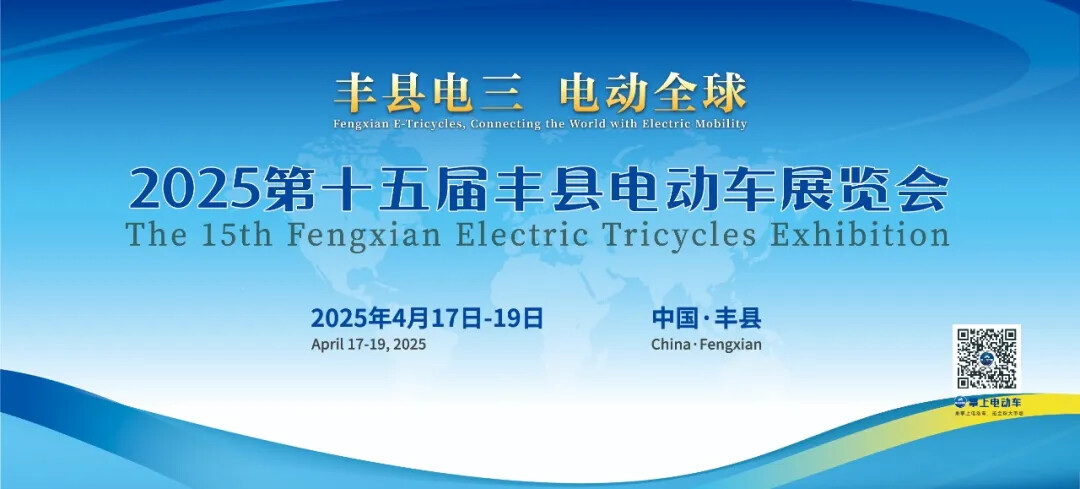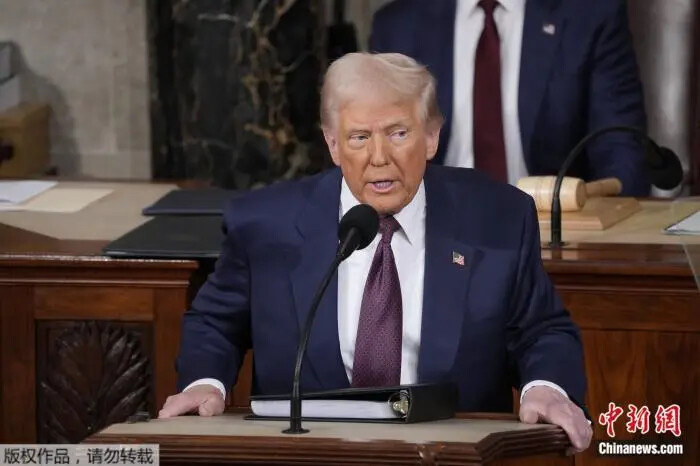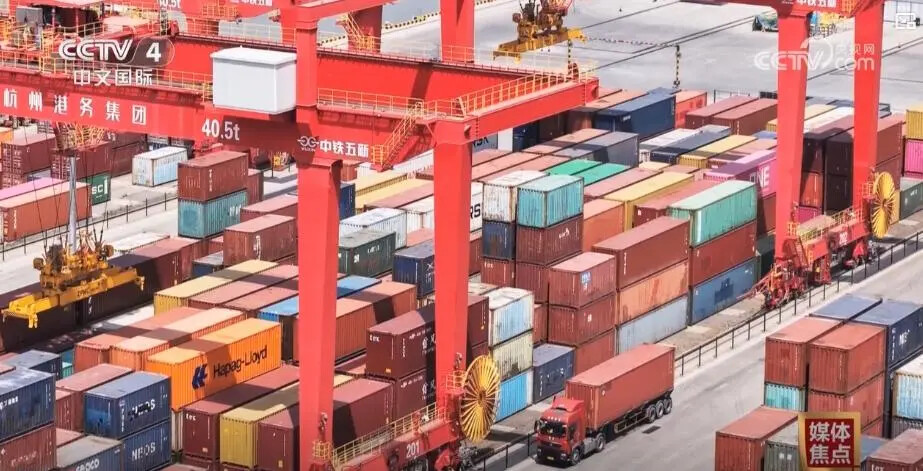125% U.S. Tariff on China? Chinese Brands Fight Back with Resilience and Innovation!
发布时间:2025-04-10
11

According to an announcement on the White House website, the United States will impose a 104% tariff onChinese imports starting at 12:01 a.m. local time on Wednesday, April 10. Additionally, the U.S. will increase tariffs on imported goods valued at or below $800.
On April 10, Chinese Foreign Ministry Spokesperson Lin Jian responded to the 125% tariff hike by stating that "the U.S. is using tariffs as a weapon of maximum pressure and self-interest, going against the entire world."
The imposition of high tariffs by the U.S. is essentially a continuation of its trade protectionism and reflects the intensifying industrial competition between China and the U.S. This move is widely regarded as the third major trade "war" initiated by the U.S. in its history, one that impacts not only trade in goods, but also the global financial, capital, and technological sectors. Among the hardest hit are China's "New Three" exports: lithium batteries, electric vehicles (EVs), and solar cells.
According to statistics, the combined tariff rates on these products are staggering. Lithium and energy storage systems now face a "basic tariff of 3.4% + Section 301 tariffs (with storage battery tariffs rising to 25% by 2026) + dual 10% additional tariffs + 34% reciprocal tariffs," bringing the total short-term tariff on power batteries to 73.4%, and on energy storage batteries to 64.9%. As for new energy vehicles, the combined tariff burden has reached 147.5%.
As part of the latest tariff hike, the United States will impose a 49% tariff on imports from Cambodia and Laos, 46% on Vietnam, 44% on Myanmar and Sri Lanka, 37% on Bangladesh, 36% on Thailand, 32% on Indonesia, and 24% on Malaysia.
Due to existing import trade barriers, China's battery and new energy products are rarely exported directly to the U.S. However, this round of tariffs targets Southeast Asian countries as well, signaling a strategic move by the U.S. to block Chinese products from entering its market through third-party transshipment channels.

Zhang Monan, Deputy Director of the Department of American and European Studies at the China Center for International Economic Exchanges, said in an exclusive interview with China News Service that the U.S. tariff policy would eventually backfire and significantly increase inflation. Not only will the goal of "bringing manufacturing back" be difficult to achieve, but American consumers will also bear the cost.
According to a report by CCTV News, in response to the U.S. government's reckless imposition of tariffs, China promptly adopted firm and effective countermeasures. With stable economic growth, China has both the confidence and the capacity to cope with the impact of the U.S. tariff escalation.

"A blessing in disguise", just as in the story of the old man who lost his horse, the China–U.S. tariff war is a double-edged sword. While it places pressure on China's export-oriented enterprises, it also creates unique structural opportunities in the domestic market.
However, for electric two-wheeler exporters, it is essential to adopt a strategic combination of globalized operations, timely product price adjustments, and diversified market expansion in order to mitigate the impact of the U.S.'s 'tariff bullying.' Only with sufficient 'ammunition' and well-prepared countermeasures can these companies remain steady and resilient in the face of the storm.
